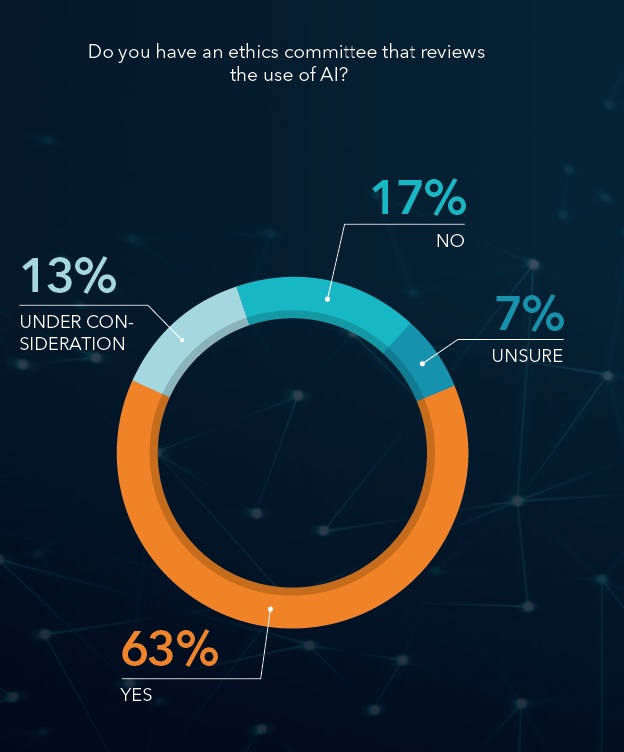Cyber security chiefs have committed to lead a drive towards improving diversity and inclusion in the workforce after the publication of a major survey on the topics.
The National Cyber Security Centre (NCSC) and KPMG UK have jointly published the first annual Decrypting Diversity: Diversity and inclusion in Cyber Security report, which sets a benchmark for improving the experiences and opportunities for existing and future staff working in the industry.
The report showed that in some areas minority representation was above average for the country, but there was also a clear lack of inclusivity across gender, sexual orientation, social mobility and ethnicity.
It found that there is more to be done by the industry and in addition to accepting all of the report’s recommendations the NCSC has today committed to publishing specific actions to improve diversity and inclusion within the organisation before the end of the year.
The research was based on responses from 1,252 cyber security professionals, finding that female representation in the industry is 31 per cent, while ethnic diversity of the workforce is broadly similar to that of the UK population.
It revealed that 41 per cent of black, African, Caribbean or black British respondents felt confident in their identity within the workplace, compared to 75 per cent of white respondents.
Lesbian, gay and bisexual representation is higher than the UK average, with 10 per cent of respondents identifying as LGB, compared with 2.2 per cent in the general population
However, 14 per cent of respondents experienced barriers to career progression and/or resigned because of their employer’s approach to diversity and inclusion issues - and 74 per cent of negative incidents which occurred as a result of diversity and inclusion were not reported.
Latest News
-
Reddit ‘challenges Australia’s under 16s ban’ with lawsuit
-
BBVA expands ChatGPT to 120,000 employees
-
BIS and Central banks test post-quantum cryptography in payments
-
UK government launches new MedTech qualifications to fight skills gap
-
UK scientists get priority access to advanced AI through Google DeepMind lab
-
Uber Eats rolls out robot couriers in Leeds
The future-ready CFO: Driving strategic growth and innovation
This National Technology News webinar sponsored by Sage will explore how CFOs can leverage their unique blend of financial acumen, technological savvy, and strategic mindset to foster cross-functional collaboration and shape overall company direction. Attendees will gain insights into breaking down operational silos, aligning goals across departments like IT, operations, HR, and marketing, and utilising technology to enable real-time data sharing and visibility.
The corporate roadmap to payment excellence: Keeping pace with emerging trends to maximise growth opportunities
In today's rapidly evolving finance and accounting landscape, one of the biggest challenges organisations face is attracting and retaining top talent. As automation and AI revolutionise the profession, finance teams require new skillsets centred on analysis, collaboration, and strategic thinking to drive sustainable competitive advantage.
© 2019 Perspective Publishing Privacy & Cookies











Recent Stories